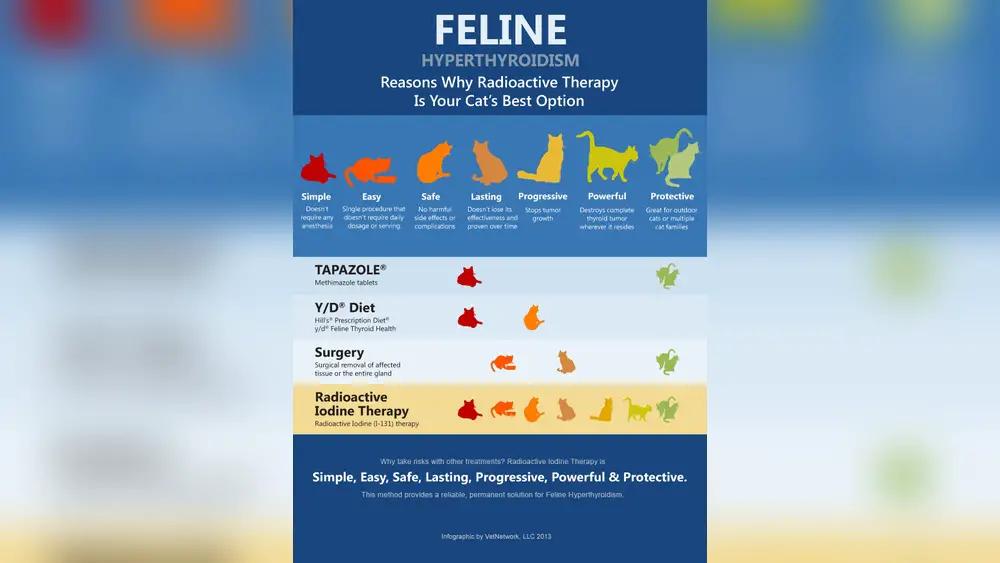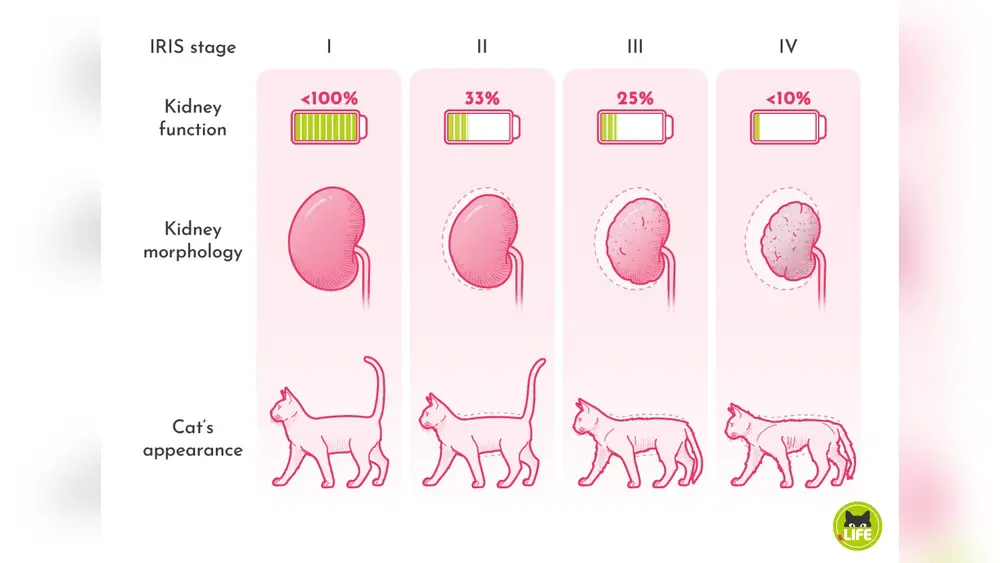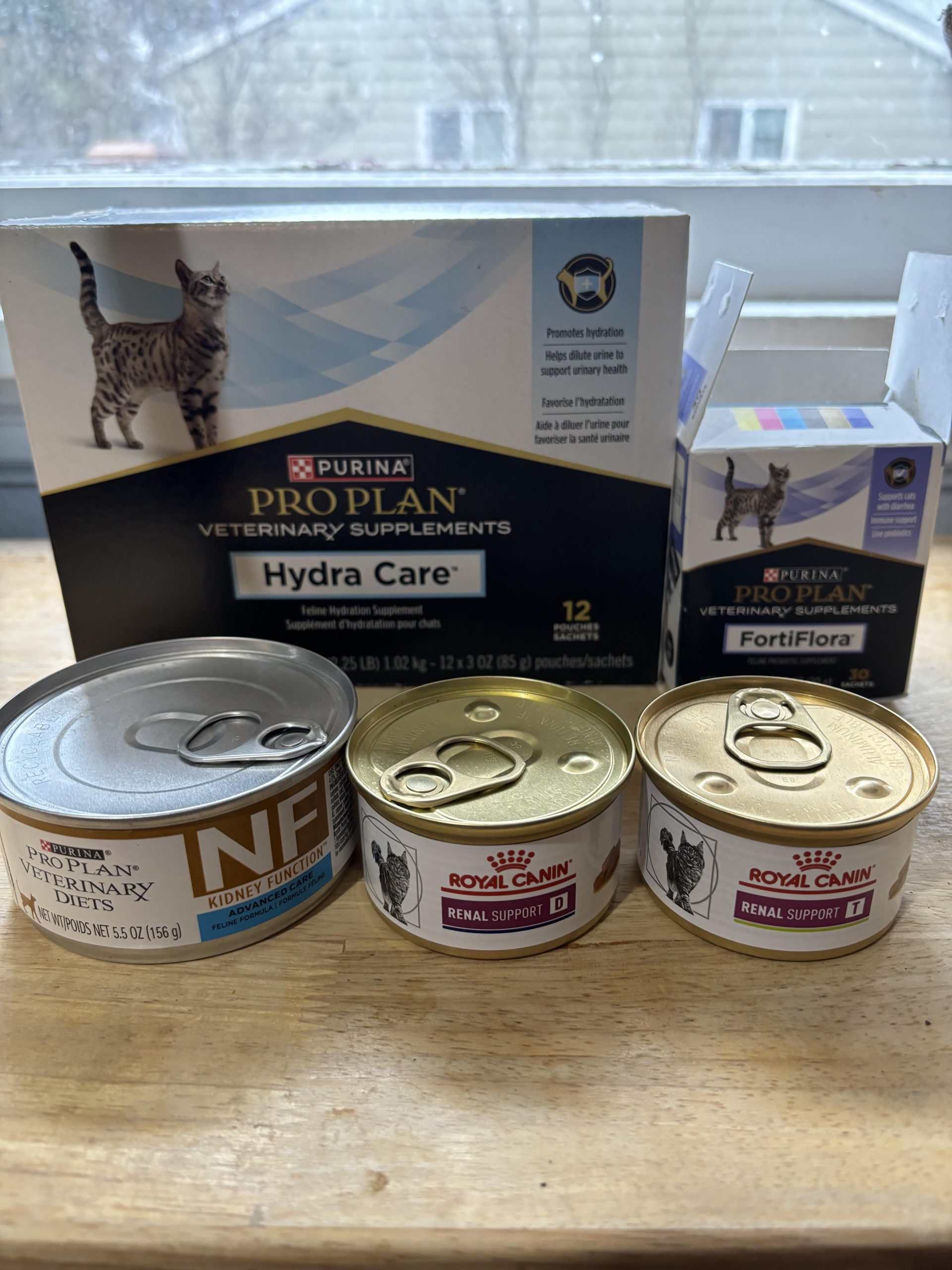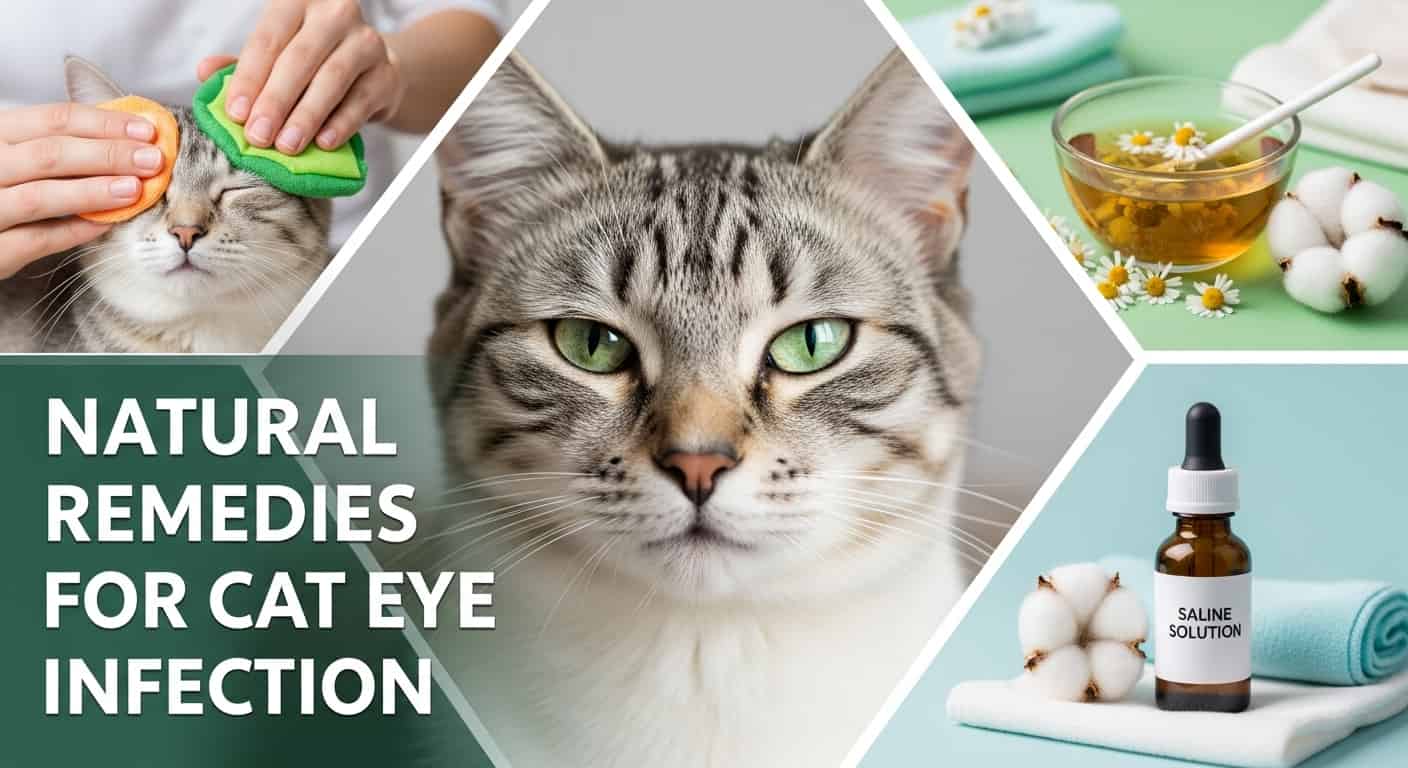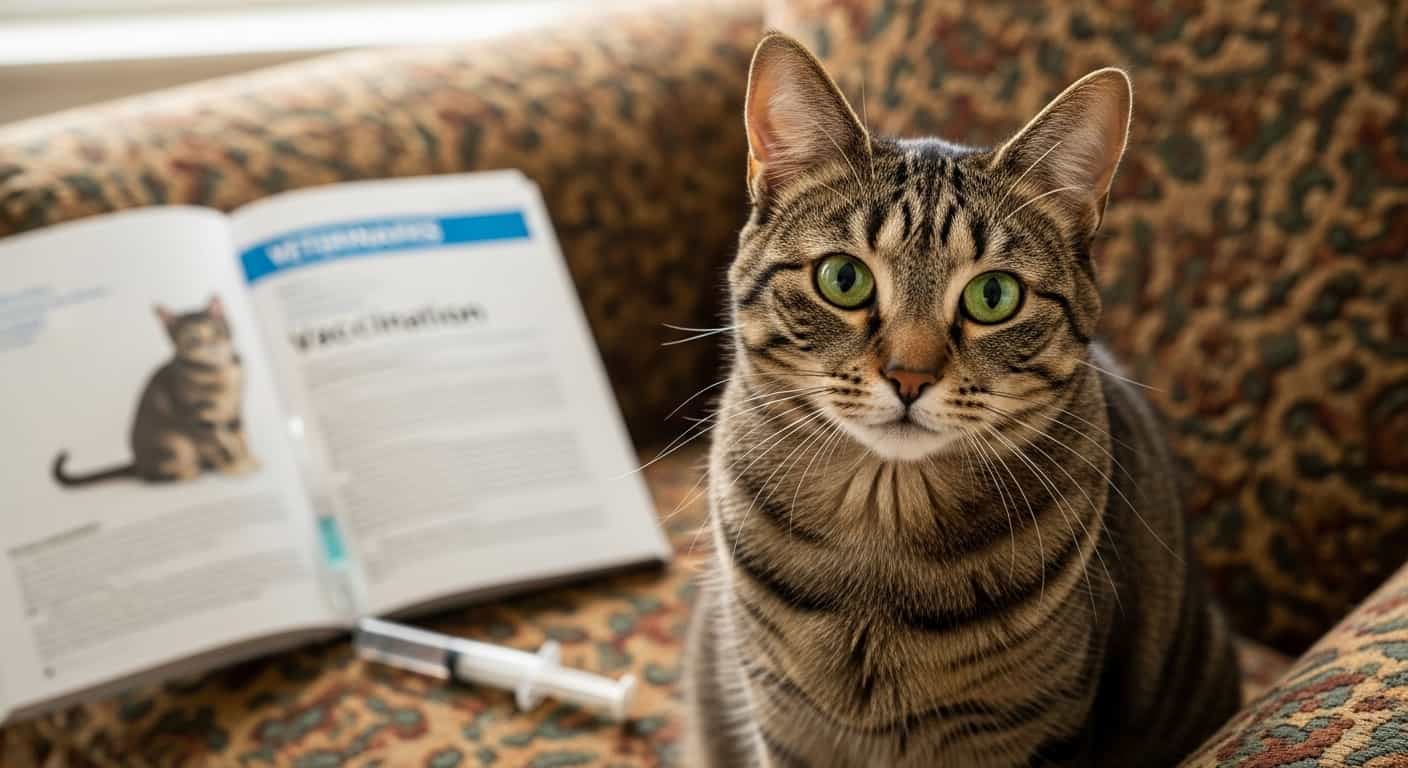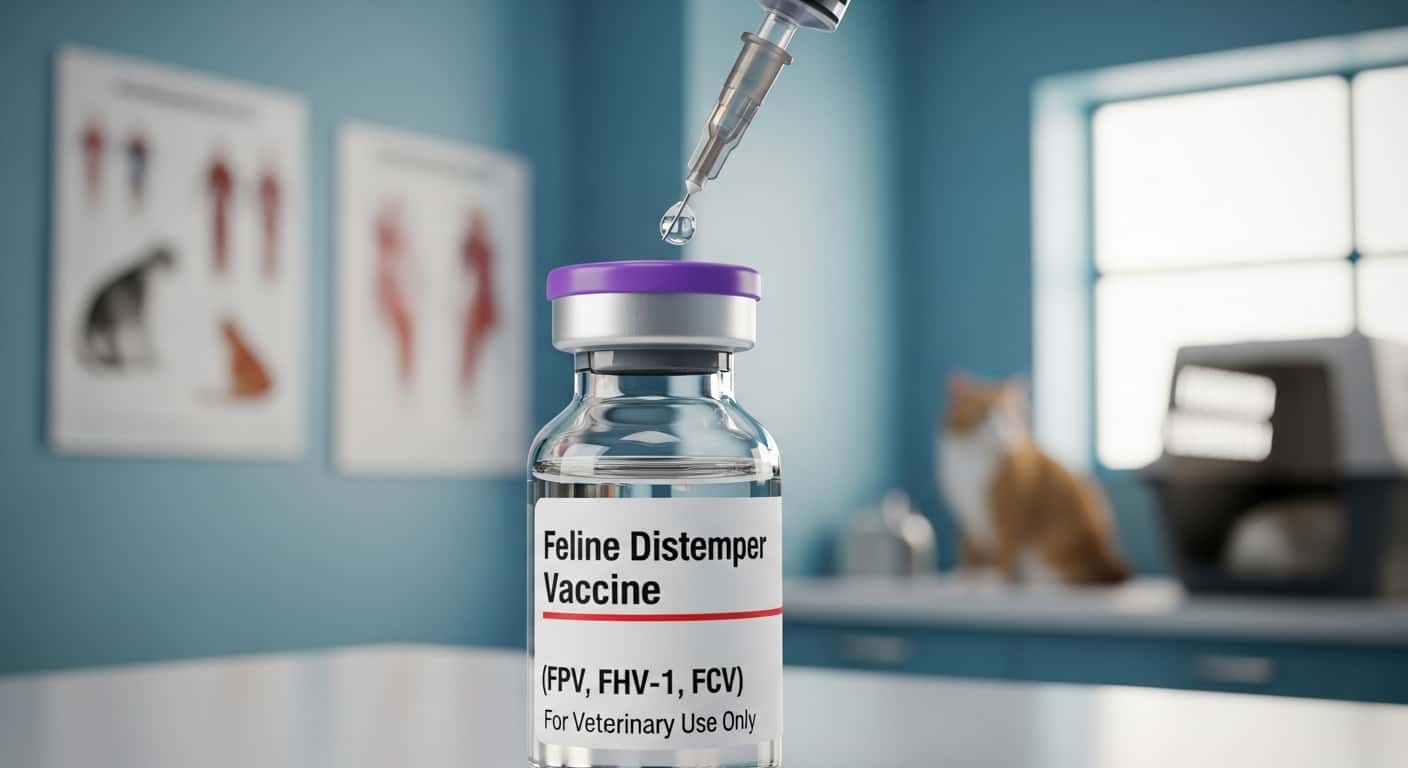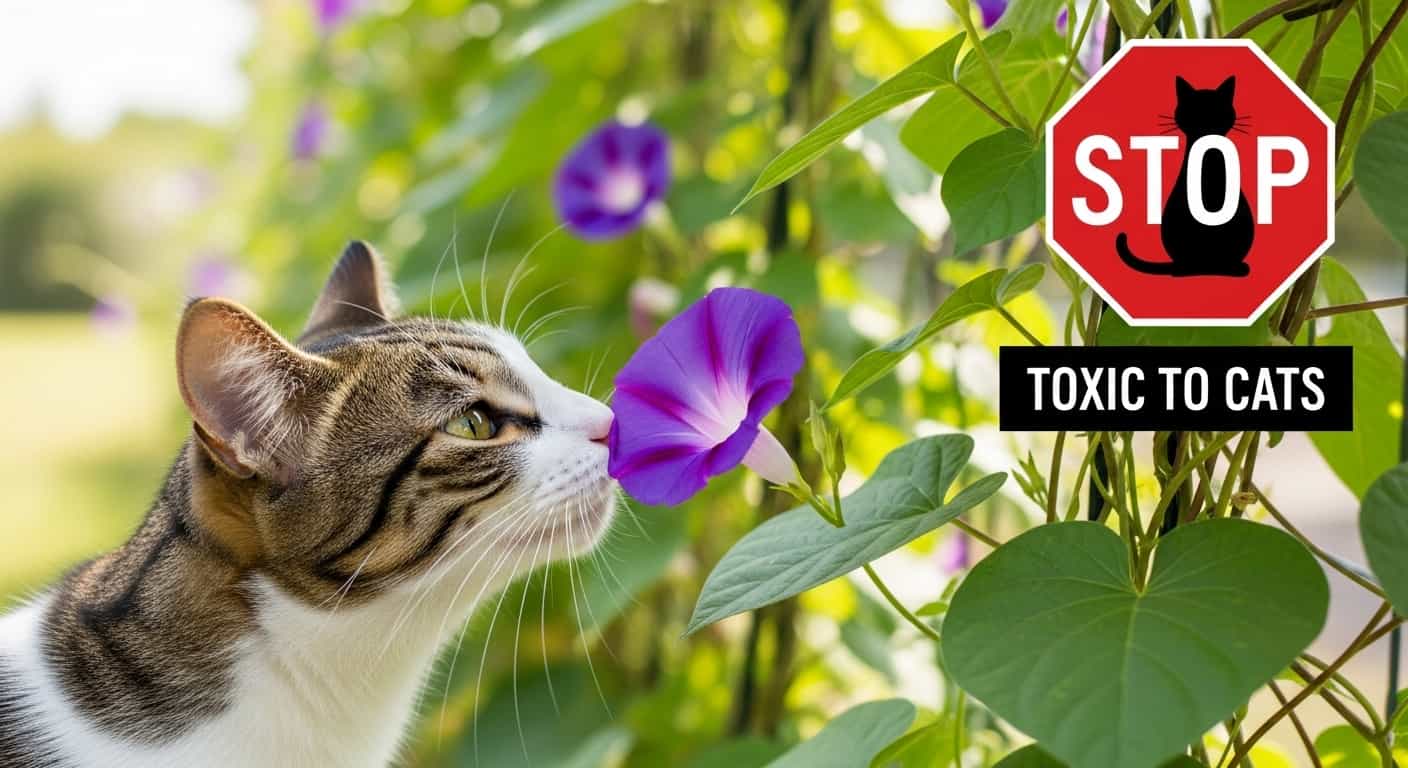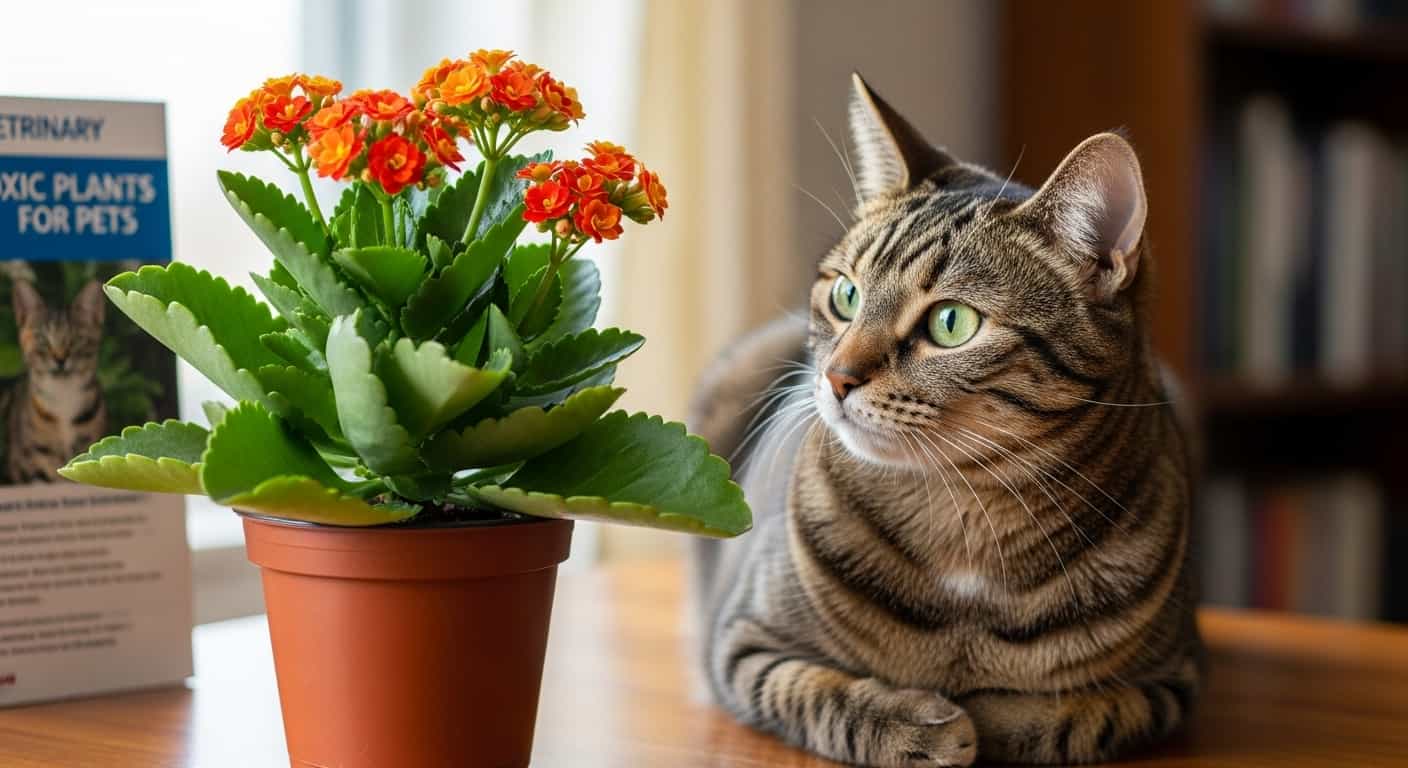If you’ve noticed blood in your cat’s stool, it’s natural to feel worried and unsure about what’s happening. Your furry friend can’t tell you what’s wrong, but this sign is important and shouldn’t be ignored.
Table of Contents
ToggleUnderstanding why this happens and what steps you need to take can make all the difference for your cat’s health. Keep reading to learn what causes blood in your cat’s stool, when to act fast, and how you can help your pet feel better soon.
Causes Of Blood In Cat Stool
Finding blood in your cat’s stool is worrying. Understanding what causes it helps in seeking the right care. Various health issues can lead to this symptom. Some are mild, others serious.
Dietary Issues
Changes in diet can upset your cat’s stomach. Food allergies or intolerance may cause inflammation. Eating something unusual or spoiled can also lead to irritation. These problems may result in blood appearing in stool.
Infections And Parasites
Bacterial, viral, or fungal infections often cause digestive problems. Parasites like worms can damage the intestines. This damage sometimes causes bleeding. Regular vet check-ups can catch these issues early.
Inflammatory Bowel Disease
This disease causes long-term inflammation in the intestines. It leads to ulcers and bleeding in the digestive tract. Cats with this condition often have diarrhea mixed with blood. Treatment can manage symptoms but requires vet diagnosis.
Trauma And Injury
Physical injury to the digestive tract can cause bleeding. This might happen if your cat eats sharp objects. Rough play or accidents can also cause internal damage. Blood in stool may be a sign of trauma.
Cancer And Tumors
Cancer in the intestines or colon can cause bleeding. Tumors may irritate or break the lining, leading to blood in stool. Early detection improves treatment options. Watch for other symptoms like weight loss or appetite change.

Credit: www.tuftandpaw.com
Types Of Blood In Stool
Noticing blood in your cat’s stool can be worrying. The color of the blood helps identify the possible cause. Different types of blood show different problems. Understanding these types is important for your cat’s health.
Here's a related post that you might find useful. Natural Remedies for Overactive Thyroid in Cats: Effective & Safe Solutions
Bright Red Blood
Bright red blood usually means bleeding near the end of the digestive tract. This can come from the colon or rectum. Causes include anal gland issues, constipation, or minor injuries. Bright red blood is often fresh and easy to see. It might appear on the surface of the stool or in the litter box.
Dark Or Tarry Blood
Dark or tarry blood means bleeding higher in the digestive system. The blood has time to change color as it moves through the intestines. This type of blood looks like black, sticky tar. It may indicate ulcers, infections, or more serious conditions. Dark blood in stool needs prompt veterinary attention.
Urgent Symptoms To Watch
Blood in your cat’s stool can be a sign of many issues. Some problems need quick care. Watch your cat closely. Notice any unusual or serious signs. These urgent symptoms mean a vet visit is needed right away.
Lethargy And Weakness
Lethargy means your cat seems very tired or slow. Weakness means your cat struggles to stand or move. Both signs show your cat may be very sick. These symptoms need fast medical attention.
Vomiting And Dehydration
Vomiting several times is dangerous. It can cause dehydration, which is a serious condition. Dehydration means your cat loses too much water. Check for dry gums or sunken eyes. These signs need prompt vet care.
Frequent Or Painful Defecation
Your cat may try to poop often but pass little or no stool. This can mean pain or blockage. Watch for signs of strain or discomfort. Frequent, painful pooping with blood is a red flag.
Pale Gums And Rapid Breathing
Pale gums show low blood or anemia. Rapid breathing means your cat struggles to get enough air. Both signs are serious and need urgent care. Check your cat’s gums and breathing often.

Credit: www.pdsa.org.uk
When To Seek Immediate Vet Care
Seeing blood in your cat’s stool can be scary. Sometimes, it is not urgent. Other times, it needs fast action. Knowing when to go to the vet right away can save your cat’s life. Watch for signs that show serious problems. Act quickly to help your pet stay healthy.
Here's a related post that you might find useful. Stage 2 Kidney Disease in Cats: Essential Care Tips for Owners
Severe Bleeding
Bright red or dark blood in stool shows severe bleeding. Large amounts of blood are a big warning. Your cat may feel weak or dizzy. This needs immediate vet care. Do not wait to see if it gets better.
Persistent Diarrhea
Diarrhea lasting more than two days is dangerous. It can cause dehydration fast. Blood mixed with diarrhea is worse. Your cat may lose fluids and minerals. A vet must check your cat right away.
Sudden Behavioral Changes
Changes in behavior can signal serious illness. Your cat may hide or act tired. Loss of appetite or vomiting can happen. These signs with blood in stool need fast vet care. Do not ignore sudden changes in your cat.
Diagnostic Tests For Bloody Stool
Finding blood in your cat’s stool can be alarming. Understanding the cause is key to proper care. Vets use several tests to find the problem. These tests help identify infections, inflammation, or injuries. Early diagnosis leads to better treatment and recovery.
Fecal Examination
This test checks your cat’s stool for parasites and bacteria. A small stool sample is collected and examined under a microscope. It helps detect worms, protozoa, or harmful germs causing bleeding. This test is quick and often the first step in diagnosis.
Blood Work
Blood tests check your cat’s overall health and organ function. They reveal signs of infection, anemia, or clotting issues. Blood work can also show inflammation inside the body. This test gives a broad view of your cat’s condition.
Imaging Techniques
X-rays or ultrasound images show internal organs and tissues. These images help spot tumors, blockages, or injuries in the digestive tract. Imaging guides the vet to the exact cause of bleeding. It is painless and helps plan treatment.
Endoscopy
Endoscopy uses a small camera to look inside the cat’s intestines. It allows direct viewing of ulcers, tumors, or bleeding sites. The vet can also take tissue samples during this test. Endoscopy is very useful for detailed examination and diagnosis.
Treatment Options
Finding blood in your cat’s stool is alarming. Treatment depends on the cause. Vets choose the best option to help your cat heal. Treatments range from medicine to surgery and care at home. Understanding these can ease your worries.
Medication And Antibiotics
Many cases need medicine to stop infection or inflammation. Antibiotics kill harmful bacteria causing problems. Pain relievers help your cat feel better. Sometimes vets use medicines to protect the stomach lining. Always follow the vet’s instructions carefully.
Dietary Management
Food changes can reduce irritation in your cat’s gut. Special diets with low fiber or sensitive ingredients calm the stomach. Your cat may need wet food for easier digestion. Feeding smaller meals often helps too. Avoid giving treats not approved by your vet.
Surgery
Surgery is an option if there is a blockage or tumor. It removes the damaged part of the intestine. Your cat may stay in the clinic for a few days after. Surgery aims to fix serious issues quickly. Recovery needs close monitoring and rest.
Supportive Care
Supportive care helps your cat recover comfortably. This includes fluids to prevent dehydration. Keeping your cat warm and quiet is important. Watch for changes in appetite or behavior. Supportive care improves healing and prevents complications.
Preventing Stool Blood Issues
Preventing blood in your cat’s stool is key to keeping them healthy. Small steps help avoid many common causes of bleeding. Careful attention to your cat’s health supports their comfort and happiness.
Regular Vet Checkups
Schedule vet visits at least once a year. Vets catch problems before they become serious. Blood in stool may signal illness needing prompt treatment. Early detection can save your cat from pain and costly care.
Proper Nutrition
Feed your cat balanced food made for felines. Nutrients strengthen their gut and immune system. Avoid sudden diet changes that upset digestion. Good food helps keep stool firm and normal in color.
Parasite Control
Use parasite prevention treatments regularly. Worms and other parasites can cause bleeding in stool. Follow your vet’s advice on safe medications. Clean your cat’s living area often to reduce parasite risks.
Safe Environment
Keep your cat indoors or in safe outdoor spaces. Avoid exposure to harmful plants, chemicals, and sharp objects. Stress and injuries can lead to digestive problems. A calm, secure place helps your cat stay healthy and happy.

Credit: vethelpdirect.com
Frequently Asked Questions
What Causes Blood In My Cat’s Stool?
Blood in cat stool can result from infections, parasites, allergies, or digestive issues. Trauma, tumors, or inflammatory diseases may also cause bleeding. Identifying the cause requires veterinary examination and stool tests for accurate diagnosis.
Is Blood In Cat Stool An Emergency?
Blood in stool can be serious, especially with lethargy or vomiting. Immediate vet care is needed if bleeding is heavy or persistent. Early treatment prevents complications and identifies underlying health problems promptly.
How Can I Treat Blood In My Cat’s Stool?
Treatment depends on the cause. Parasites require deworming, infections may need antibiotics, and diet changes help allergies. Always consult a veterinarian for proper diagnosis and tailored treatment plans to ensure your cat’s recovery.
Can Diet Cause Blood In My Cat’s Stool?
Yes, food allergies or intolerances can cause intestinal irritation and bleeding. Switching to a hypoallergenic or sensitive diet may reduce symptoms. Consult your vet before changing your cat’s diet to ensure nutritional balance and effectiveness.
Conclusion
Finding blood in your cat’s stool can be worrying. It often points to health issues needing quick care. Watch your cat’s behavior closely for any changes. A vet visit can help find the cause and treatment. Early action can keep your cat healthy and happy.
Trust your instincts and act with care. Your cat depends on you for help and comfort. Don’t wait—address the problem as soon as you see it.



